Here's what you can expect in a wine made from the Bacchus grape, following surprise success at the 2017 Decanter World Wine Awards for an English white wine produced in Norfolk.
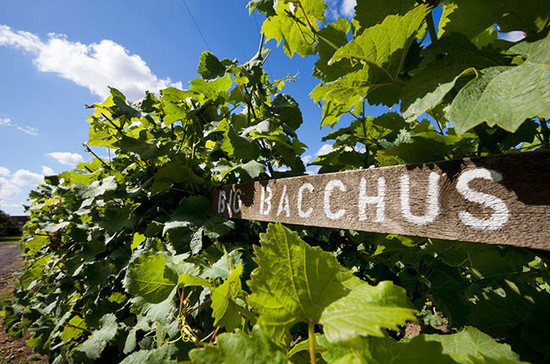
· English Bacchus wines commonly compared to Sauvignon Blanc
· Food: Think about pairing with seafood
· Study underway to reveal grape’s key aroma compounds
If English wine is to have a ‘poster grape’ of its own, then Bacchus is the front-runner.
Interest in Bacchus is growing and has most recently been propelled by judges at the 2017 Decanter World Wine Awards giving a Platinum Best in Show medal to Winbirri’s Bacchus 2015 white wine from Norfolk. They described it as ‘a perfect aperitif wine’.
Bacchus may take its name from the Roman god of wine, but it is still a baby in terms of wine grape ancestry.
It is believed to be a combination of a Riesling-Silvaner cross with Müller-Thurgau, first achieved in Germany in the 1930s. It was not allowed in commercially-available wines until the 1970s.
By comparison, Cabernet Sauvignon dates to the 17th Century and even that is considered only middle-aged; it being a cross between pre-existing Cabernet Franc and Sauvignon Blanc.
‘This is about the closest England can come to the herbal pungency of Sauvignon Blanc.’
Bacchus is a relatively early ripener in the growing season. In Germany, it was generally known for having high sugar potential and low acidity levels. It has rarely been considered good enough for premier vineyard sites for white wine in the country, where Riesling continues to reign.
In England, the cooler climate can lift the acidity of Bacchus and it has been touted as the country’s answer to Sauvignon Blanc.
‘This is about the closest England can come to the herbal pungency of Sauvignon Blanc,’ wrote Oz Clarke and Margaret Rand in their 2015 edition of ‘Grapes and Wines: a comprehensive guide’. They cited key aromas of hedgerow, elderflower and pear.
However, Flint Vineyard in East Anglia said earlier this year that fermentation trials showed that Bacchus was capable of containing more complex flavour compounds than first thought.
Flint’s team also found that some key compounds associated with Sauvignon were either missing or not as prominent as expected. More studies will be done after the 2017 harvest.
Decanter’s tasting director, ChristelleGuibert, has previously suggested pairing Bacchus wines with seafood.
On a note for a Bacchus 2013 wine from Camel Valley in Cornwall, Guibert wrote, ‘A delightfully perfumed nose with notes of crisp apple and honeysuckle, underpinned by a spine of acidity.’
However, as so often in the wine world, levels of ripeness, vineyard site and work in the cellar can also influence final taste.
In East Anglia, Winbirri’s 2015 Bacchus was described by DWWA judges as having elderflower, citrus and grassy notes, along with a bit of spice on the palate.
Translated by Leo / 孔祥鑫
All rights reserved by Future plc. No part of this publication may be reproduced, distributed or transmitted in any form or by any means without the prior written permission of Decanter.
Only Official Media Partners (see About us) of DecanterChina.com may republish part of the content from the site without prior permission under strict Terms & Conditions. Contact china@decanter.com to learn about how to become an Official Media Partner of DecanterChina.com.

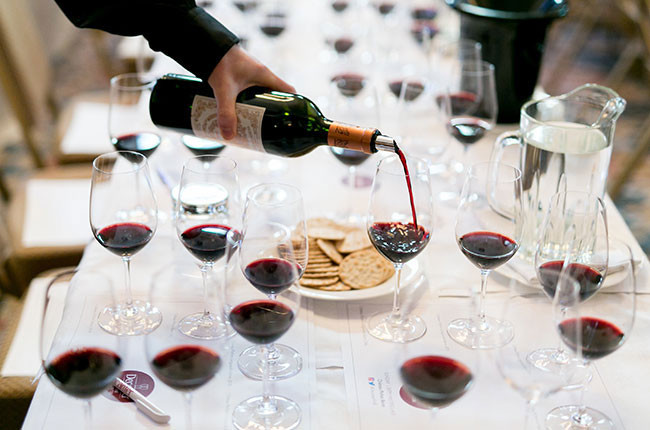
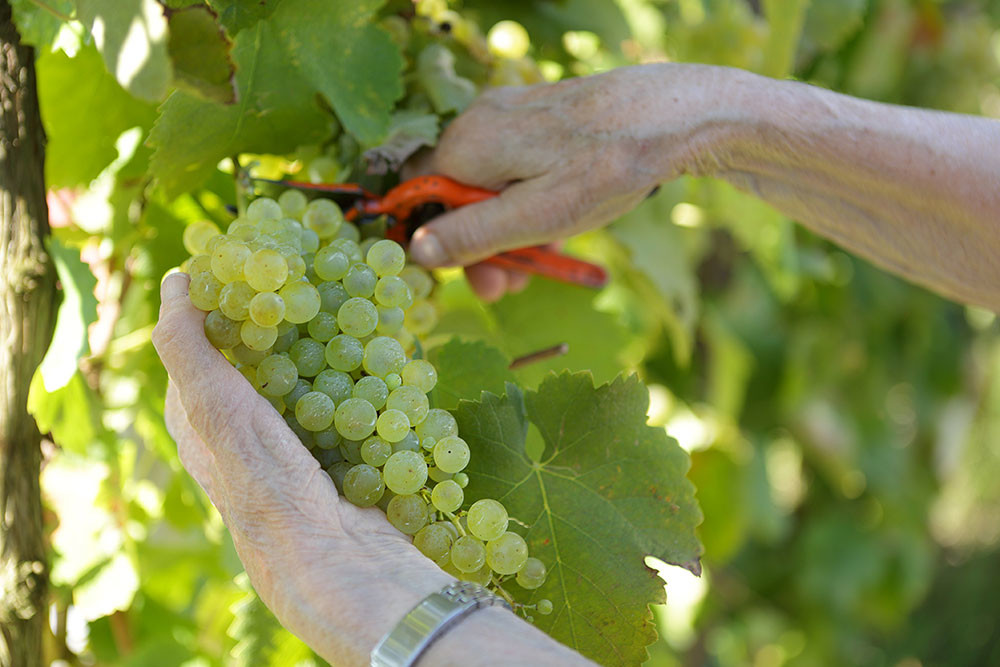
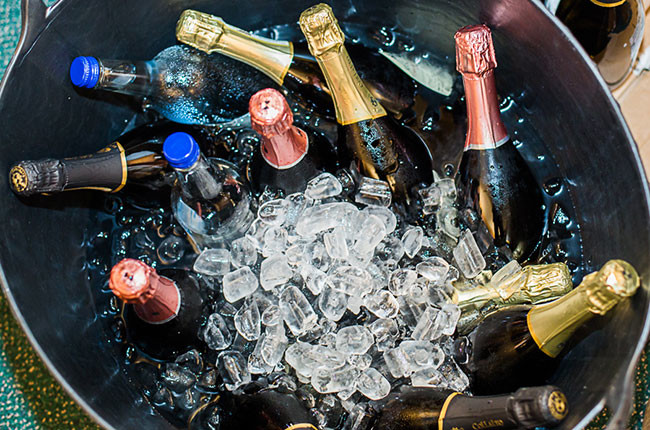

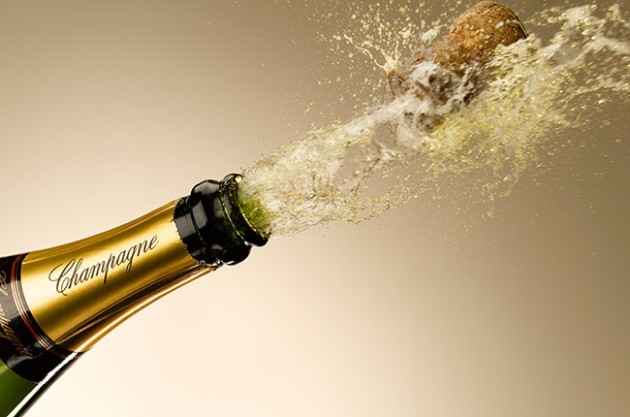
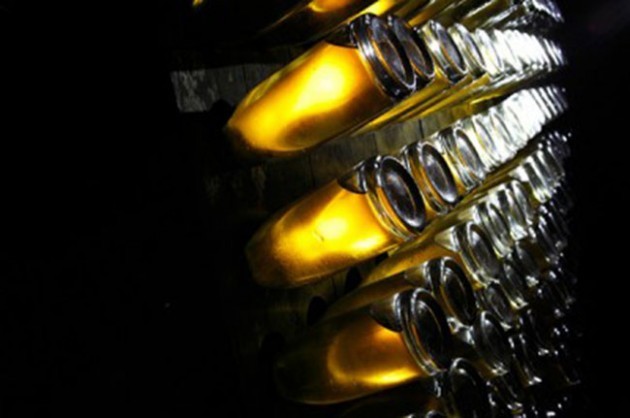
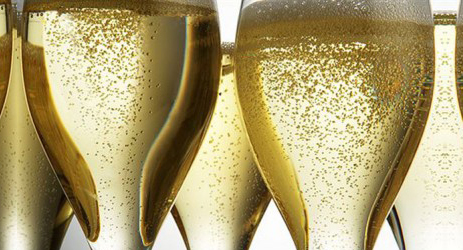
Comments
Submit